Arreola, Gunn, Manring -- Mexico City Performance
 Thursday, July 18, 2013 at 6:50PM
Thursday, July 18, 2013 at 6:50PM July 18, 2013 Mexico City -- Centro Cultural Roberto Cantoral Theater
with Michael Manring and Allonso Arreola

I haven’t been in a reflective, or reporting, frame of mind for a while now (as you will notice from the small amount of blog posts over the last two years). However, there is so much to share from the last three weeks that I shall now show my hand.
- - -
The Mexican show was the beginning of a full-on, extended adventure for me. I flew to D.F. (Mexico City) several days before the show and then flew back home to Seattle the day after. Then, the next day I turned around and flew to Europe for two and half weeks. For the first half of this Markus Reuter and I hosted the second European Tapping Workshop. Then, I travelled deep into the Alps in Switzerland to attend a workshop led by Nik Bärtsch (his group Ronin is on ECM).
The travel and diversity alone was enough to fill my cup; however, adding to all of this was the challenge of the show in Mexico. I was playing solo for, really, the first time ever. Could that be true? I must be exaggerating, right? Nope, it is basically true. Yes, I have played by myself here and there. But only for short bits in the middle of a show with a band. I have been, basically, terrified by the concept of fully carrying a performance by myself. Which I agree is weird. Especially since I am obviously a decent musician and my instrument was built to do exactly that – play all the musical roles alone.
But, two things: 1. I love playing with other musicians. The joy and play of interacting with other players (including musically teasing each other) is probably the thing that gets me the most excited about going onstage. 2. I have never been that convinced of my (our) instrument as a solo instrument. Sure, you can play bass lines and chords at the same time. You can play melodies and chords at the same time. You can, in concept, do most anything a pianist can do. Then if you add electronics (delays or loopers) you can fill up the sound spectrum will all sorts of rich audio. But, it has never interested me enough to really "go for it" with the gusto I can bring to bear when playing with others.
That said, for the last two or three years I have been R&D’ing (research and development) a variety of ideas of how to perform on my own. I have been convinced that I need some kind of electronics to augment the instrument. Or at least bridge the gap between pure playing and processed playing to give the performance the breadth that I wish for as a listener. I have discovered a bunch of very cool things but none have gone far enough yet. At least, not far enough to present them.
Until, of course, I had a gig to deliver on! My Mexican friend, and fellow bass player, Alonso Arreola proposed that we do a show together with Michael Manring. We would we each play solo and in groups together. Hmmm… okay, this is cool idea. I could try out some of my solo ideas but not have to carry a whole night on my own. This is perfect. So I said “Yes.”
This was many months ago and I have been in prep ever since. In fact, I have probably spent more energy on this one performance than I usually do on a whole tour. Needless to say, I have made some serious leaps and am very, very happy with the results. Without going into too much technical detail, I will say that I have figured out a way of using looping and layering that I am super happy about. I have been using Ableton Live to process my instrument for many years now, but for this solo performance I have taken it to a whole new level. And in a way that truly fits me. I have cracked the nut on how to do lots of solo playing but also grab an occasional loop and play along with that. And, all of it flowing freely and in service to the larger forms that the music is asking for. I am successfully figuring out how to using looping and delays that don’t simply “fold back onto themselves," but drive forward and come and go as needed.
I ended up with two solo pieces for this performance. One was put together relatively recently (in the last four weeks) and the other I have been working on for about a year now. The latter is a cover tune. What? A cover tune? Yeah, if you can call a major work by a modern, living, classical composer a cover tune. The piece is “Tehillim” by Steve Reich. This was the second Reich piece I came in contact with back in the 1980’s. The first was “Music for 18 Musicians”, which had the effect of blowing the ears open of many folks I know. Mine included. (That and Crimson’s “Discipline.") “Tehillim” was an entirely different piece from “18 Musicians." It was based on a Hebrew text and the four female voices had very strong melodies that led the music. It has an incredible sound and I have loved it from the first listen.
Why it ever occurred to me to try to a version on the touch guitar, I have no idea. But as soon as I put the melodies on my strings it sounded fantastic. Completely unlike the original, as the voice parts were now being played by a super, overdriven, guitar sound. But it was still quite convincing and very strong. I knew there was some way I could do a version of this, but how? Once I got a copy of the score I began to realize how crazy this idea was. The piece called for about 20 instruments plus 4 voices. So I would have to alter the orchestration. Then I looked closer at the melodies. “Holy Time Signature Changes, Batman!" This isn’t what it has sounded like to me over all these years. I thought the piece was a simple repeated groove with melodies on top, like most of Reich's stuff. But, no, there were time signature changes almost every bar. 4/8, 5/8, 7/8, 5/8, 8/8/, 6/8. Right through the whole frigging piece.
Tehillim score excerpt

Still, my sense was there was something cool here and it pushed me forward. I began learning the melodies for real, now. I am not exaggerating when I say it took me about 12 months to feel really comfortable with the melodies. Strong enough that I could count and keep the pulse going while all these time changes flowed by. And, flowed fluidly enough that the listener couldn’t give a rats ass about them and didn’t even notice them. They could just follow the melody.
Anyway, cutting to the chase here, I hurdled through one task after another (how to deal with the percussion parts, how to do the string chords which vary in length, how to deal with all the canons in the voices, etc…) and I assembled a version about two weeks before flying to Mexico. I thought, "Geez, this actually works! And it sounds good. AND, there isn’t much looping in it at all, when it came down to it.” I have only arranged Part One of the piece, which has four sections. But, it was still a good 15 minutes of solid music. I thought, "Great. I have half of my segment for this show."
The second piece had its own adventure as I have been using a hacking code for Ableton Live (Clyph X) which lets me record things and change parameters beyond Live’s normal capability. More capability? Great, just what I need to deal with! But, in truth it has opened up a whole world for me. It’s a pain in the ass to program and I don’t enjoy that part at all. But it does work and allows me to bend the program to the needs of the music rather than the other way around.
dry run-thru of Tehillim at Empty Sea Studios
- - -
Rewind to two weeks before the show. Alonso flew to Seattle so we would have time to work out ideas for our group playing. We worked up arrangements for a couple of Alonso’s pieces for the three of us. Then Alonso and I put together some pieces for two ukuleles. Huh? Ukuleles? Yep. Alonso traveled with my son and I to Mali last year and we both brought our baritone ukes with us. The baritone uke is the perfect travel guitar in my mind. Cheap ($50), small (has only four strings) and sounds great (better than any travel guitar I know).
While we were traveling we picked up many drum rhythms from the local players and digested them by transposing them to the ukes and then playing around with them. No doubt that we have a full CD of ideas hiding in here. For now, we just wanted to add a couple of pieces to our show. Success.
taking a lesson with François, an ngoni player (African guitar), in the Dogon Land in Mali, West Africa
- - -
I flew in to D.F. two days early and Alonso and I dug right into it. We had several radio and print interviews, but still got many hours of rehearsal in. We wouldn’t get to play with Michael until the sound check, but we were all quite prepared.
On the day of the show we went into the venue quite early. This place is amazing. Super alive. There is tons of wood on the stage and audience all around us. There were seats to the side and even behind us. Very cool architecture with, clearly, a Mexican sense of angles and space.

Sound check went easy. Alonso went first, and then Michael, then I. I was surprised how well my system worked and it sounded great in the room. Things have the potential to go horribly wrong when you are using computers on stage, but either I have a powerful angel working for me or I have just done my homework, as I have never had a bad crash.
Then we dug into our group pieces. Which, though they sounded pretty damn good at first, there was definitely way too much bass at times. Who knew? Three bass instruments and you might have too much bass! Generally it came down to me moving to another octave here and there and then we were set.
Wrapped up and went for lunch.
- - -
When it got close to show time we were informed that the show was a complete sell-out. Fantastic! That is the best news one could hope for.
How did it go?
Well these guys said it was amazing:
http://www.chilango.com/musica/nota/2013/07/19/arreola-gunn-manrich-sublime-festin-bajistico
http://www.indierocks.mx/2013/07/manring-gunn-y-arreola-tres-bajos-una-sola-noche/#ad-image-14
And one of our harshest critics, who flew into town for the performance, said “it was magical!"
For myself, I would have to agree. Of course it was hard for me to have enough perspective to step outside of the doing of the show to get a bigger sense. Meaning, I was too busy focusing on the tasks at hand in order to assess whether it was any good. But I can say that I had a blast. I felt I played quite well (even masterfully moving beyond a few dreadfully wrong notes that my fingers insisted on contributing). I also felt an immense honor to share the stage with these two musicians. I even found myself feeling extremely humbled to have my musical life be blossoming in these new ways. Something that, to be honest, I hadn’t expected could happen at my age and length of years playing.
It was also my first show played completely with the instrument horizontal on my lap. So I made a small modification to keep it from sliding off my legs:

A few words about the other guys. Alonso I have known for quite a number of years, but I have never heard him play solo before. Solo playing is, also, relatively new for him. What did he do? Hmmm…very, very challenging to describe. I would have to say that the virtuosity of his bass playing is clearly sublimated to a larger artistic vision. And when I say "virtuosity," I do mean it. He’s got some serious chops and some crazy rhythmic stuff going on. What do I mean by a "larger artistic vision?" I mean that he is more interested in creating a performance that has a shape and story to it, rather than a bunch of chopsy pieces randomly organized into an orgy of techno-bass-mania.
And when I say “story” I mean it both figuratively and literally. He talks and shouts and recites poetry and tells dreams while he is playing. He also incorporates some dramatic moments, like in his opening piece. It had numerous characters within it, including a battle between a dozen famous bass lines. There is really no way to describe this phantasmagoria. You have to experience it in person.
And on to Michael Manring. I am nearly at a loss of words to share insights on Michael’s performance. As a bass player he is unparalleled. The use of the term “bass player” seems negligent. Michael has something going on that is both completely about the bass but also completely beyond the instrument.
I first met and heard Michael when he was the opening act for The Trey Gunn Band in the San Francisco area over 15 years ago. He astonished us all back then with, not just his unusual pyrotechnics, but also his musical sense and tasteful use of those techniques. Since then I can say, without a doubt, that his playing and his musicianship has grown to a whole other level. This is something I cannot say about very many players – even the best of them. But this is true of Michael Manring.
In short, he is doing stuff that no one else is doing. And doing it really fucking well. Crazy, slapping, layered rhythms with a whole plethora of sounds coming out. Including an insane popcorn sound that he showed me has something to do with the index finger of the right hand muting an occasional note in the middle of crazed slapping mayhem. He also has a grip on harmonics that no other bassist or guitar player I know comes close to. Then you add in his extended instrument that lets him detune any string individually, on the fly, to several different pitches. Are you getting the picture yet? Probably not. But trust me, it is a feast. And full of music, not chops.
Michael Manring performing "The Enormous Room"
- - -
So, I can easily say that this performance was unlike any other and at a very high level. I am super excited to not only do it again, but take the whole thing to another level. More pieces together and more, more, more.
After that I flew home for fewer than 24 hours before heading off to Europe.

- - - - -
And how could one be fulfilled going to Mexico without a trip to Piñata Land:

 alonso arreola,
alonso arreola,  mexico,
mexico,  michael manring
michael manring 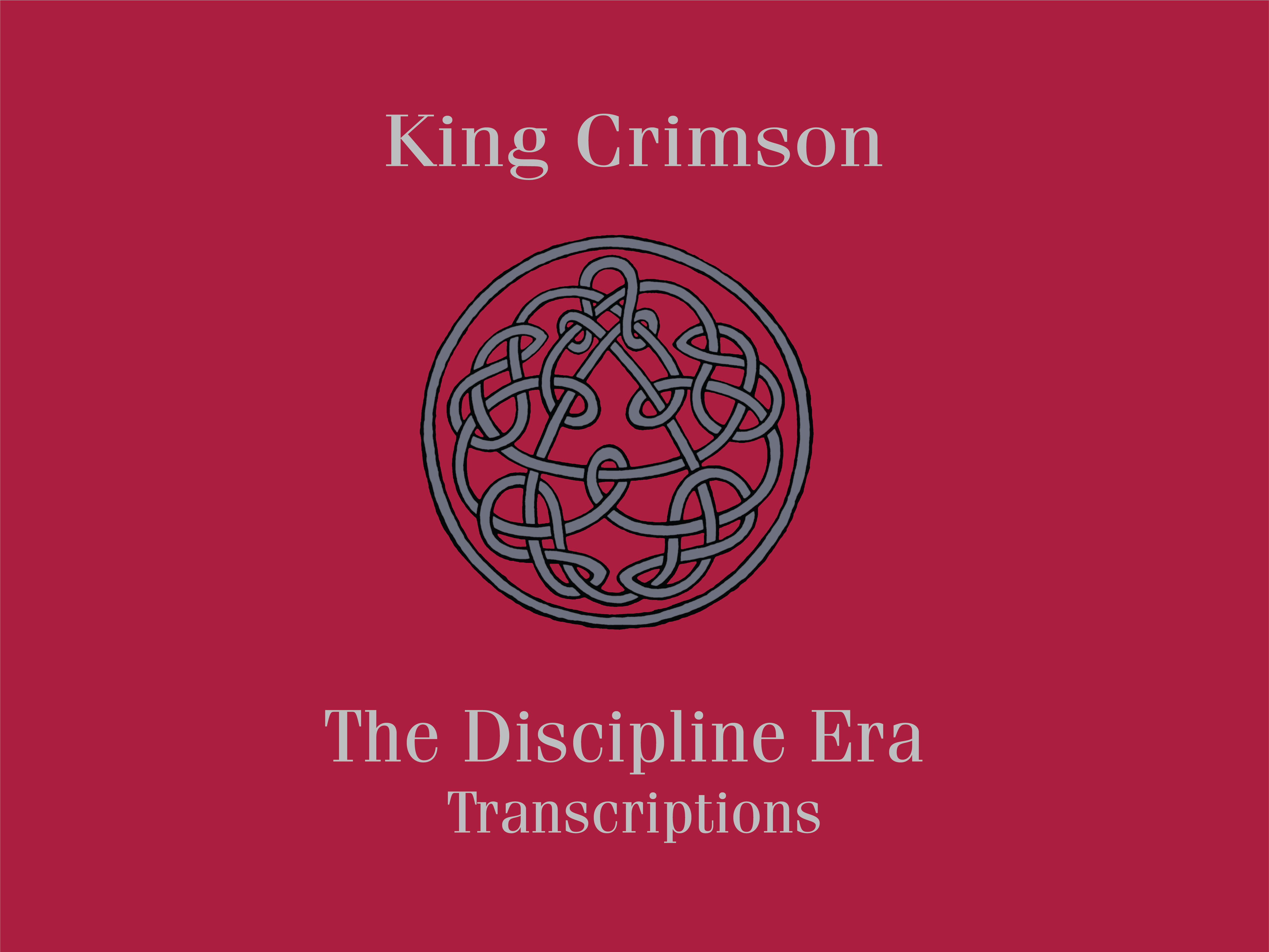
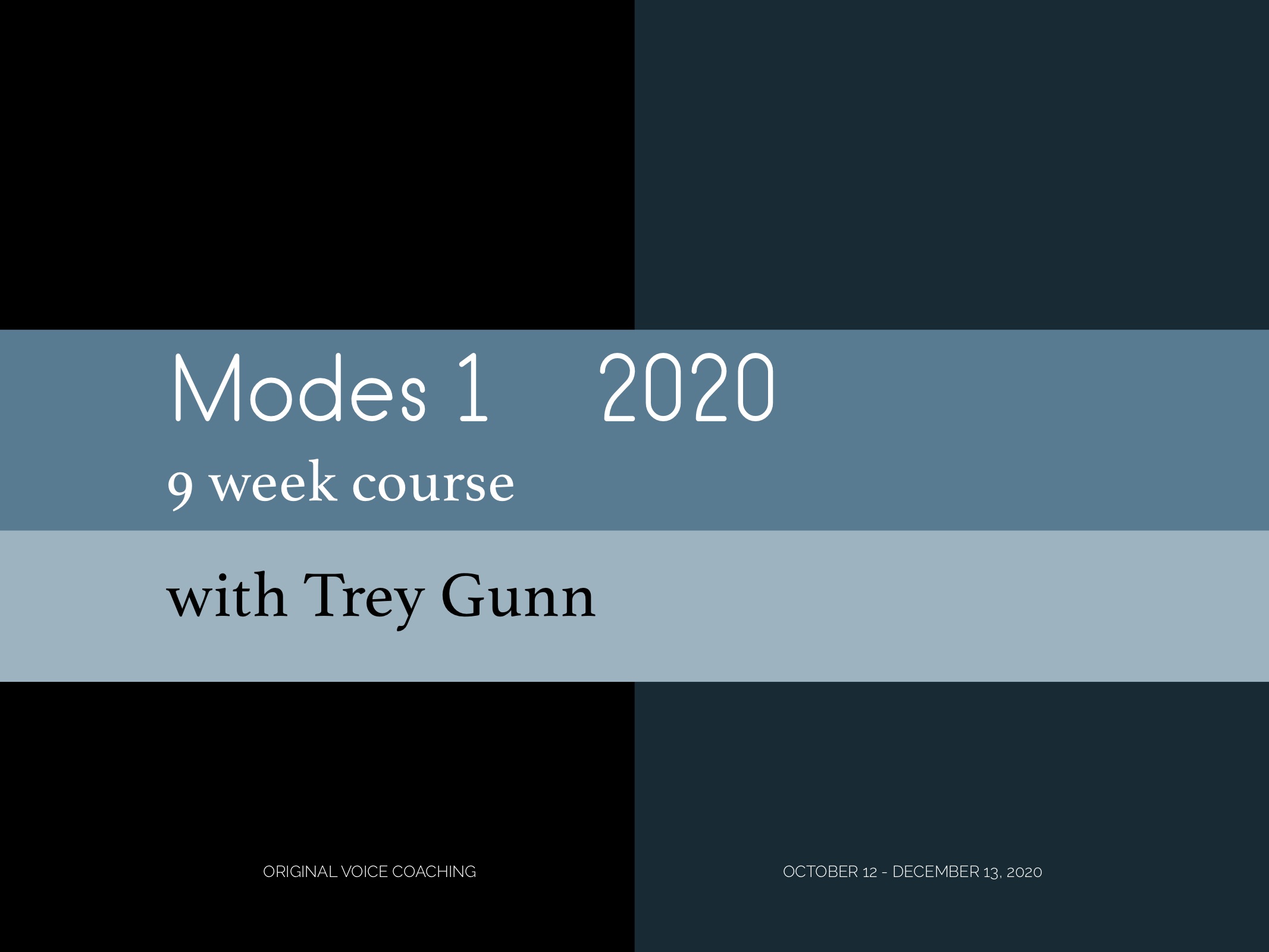
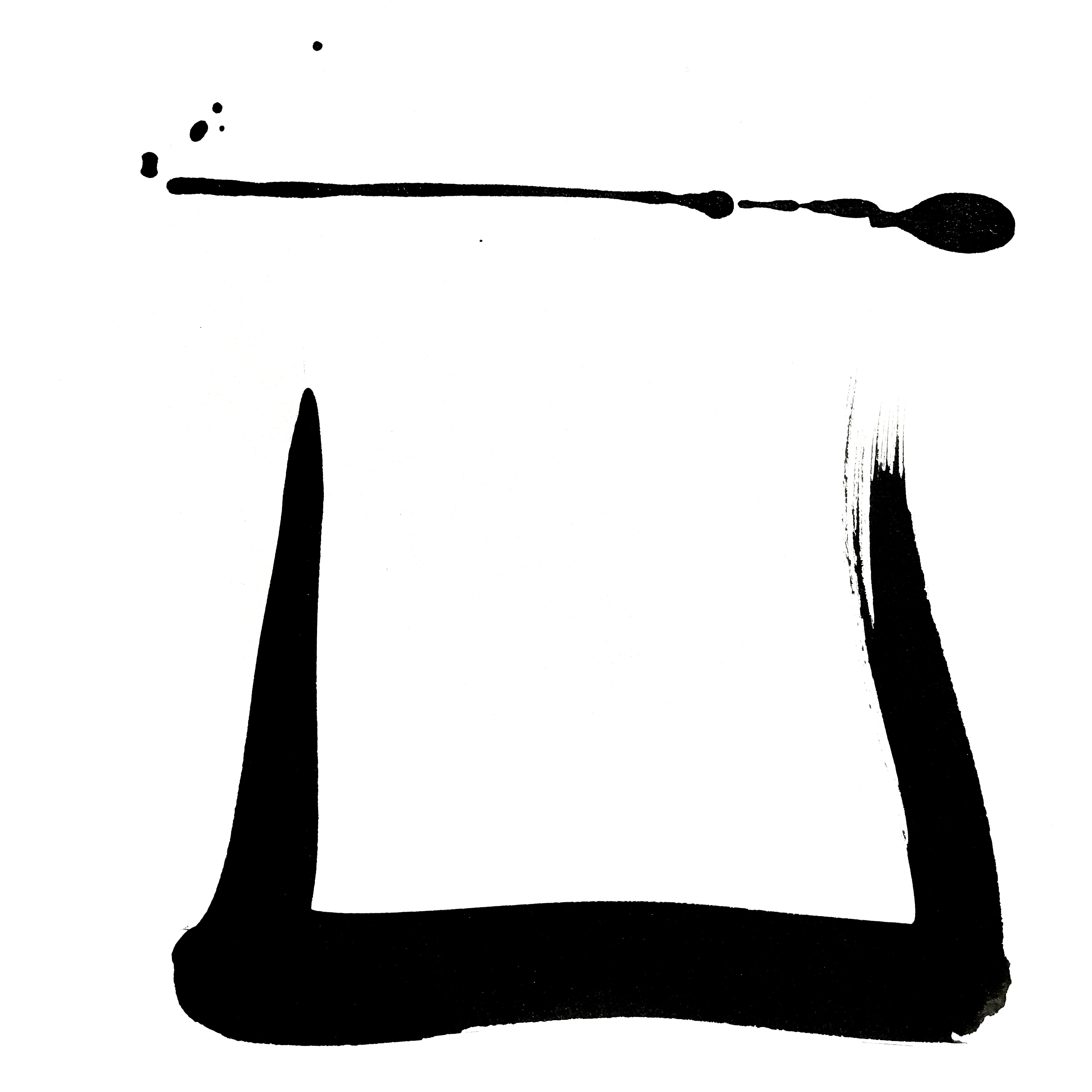
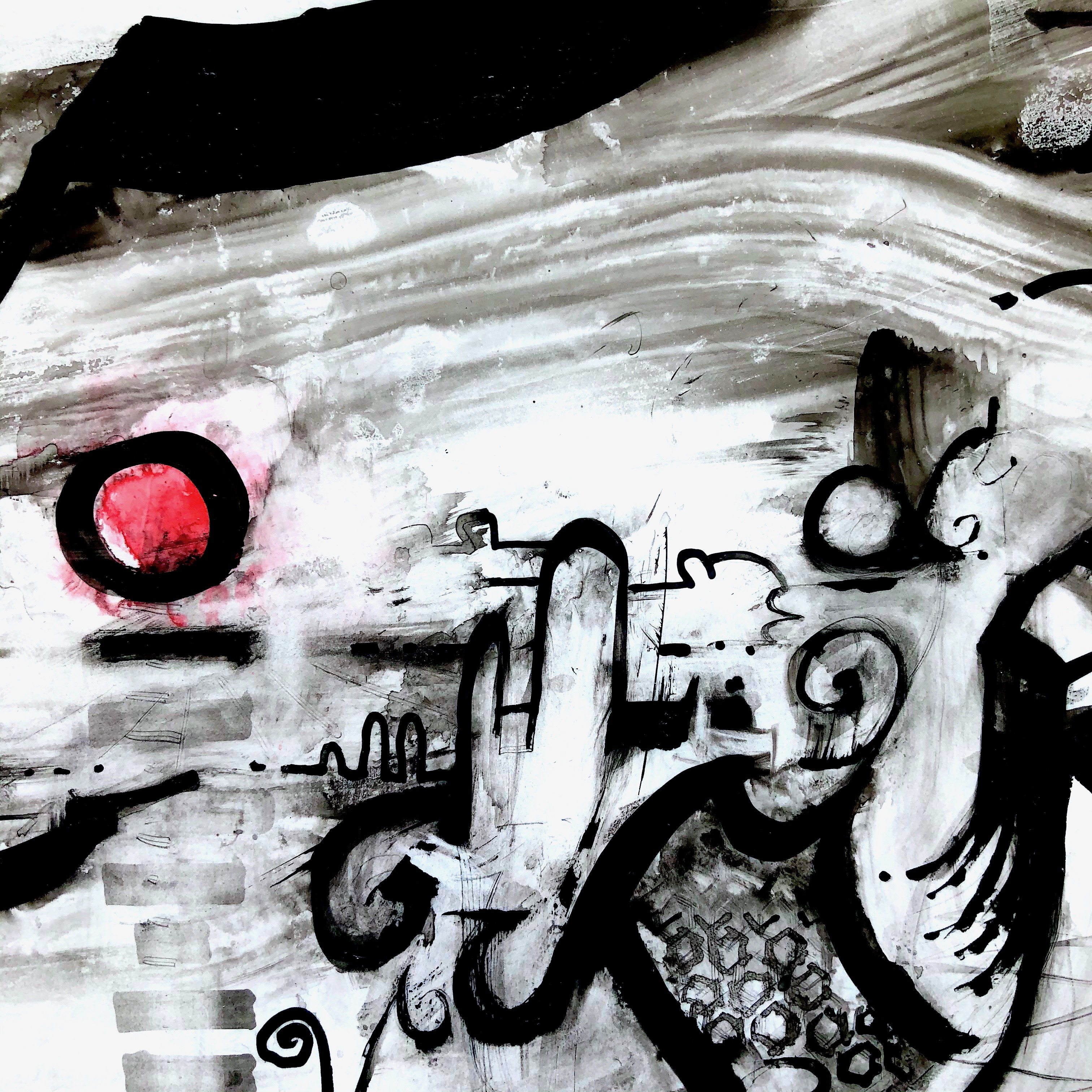
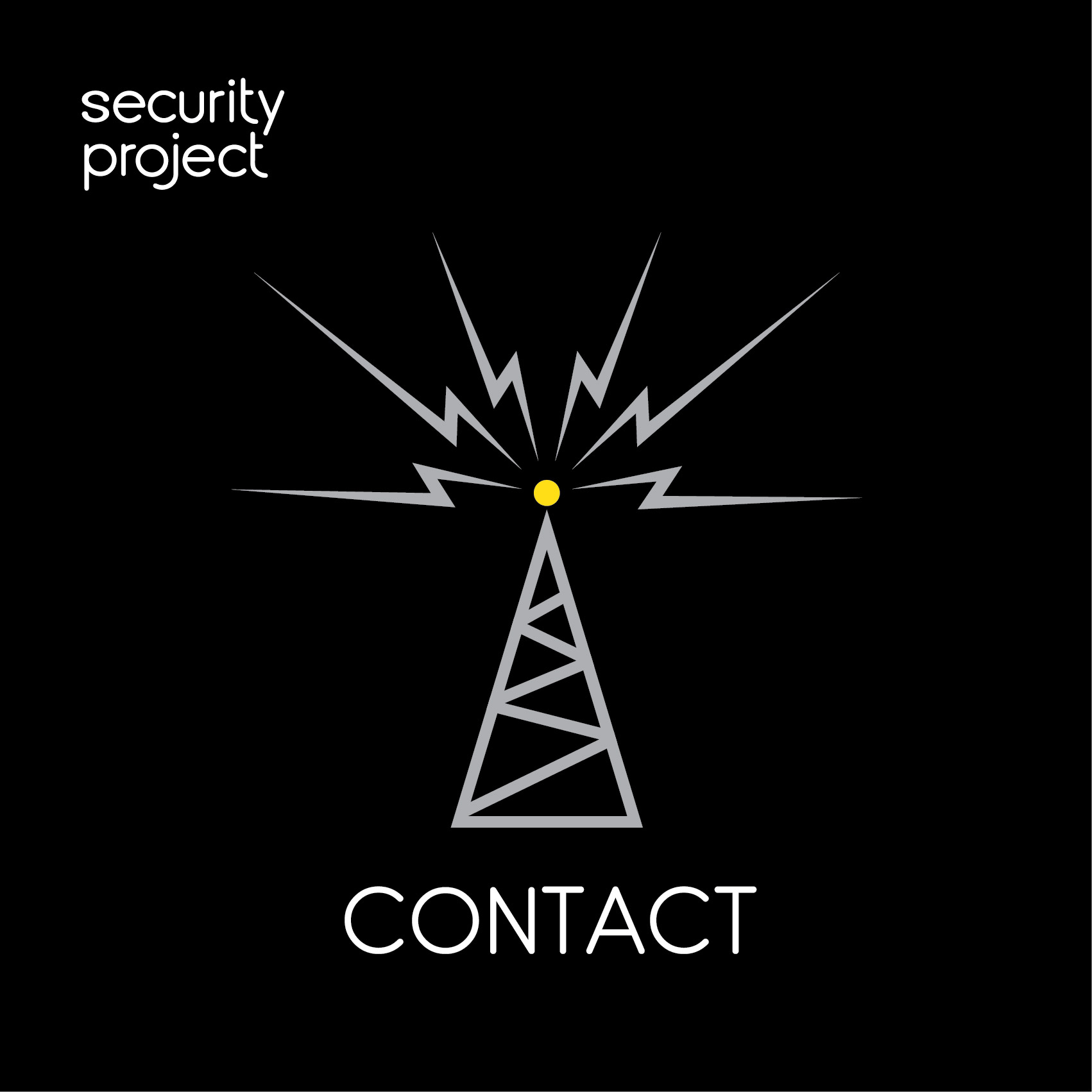
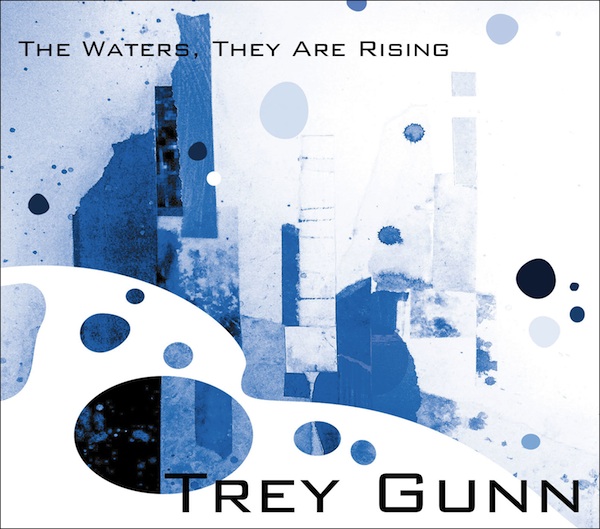
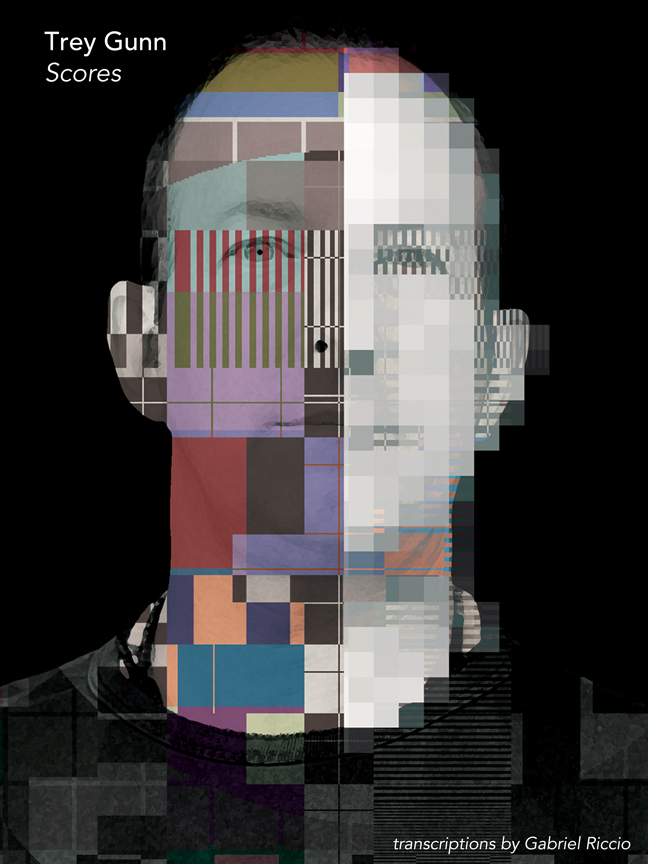
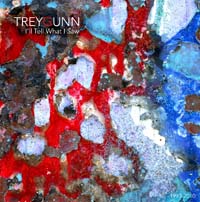
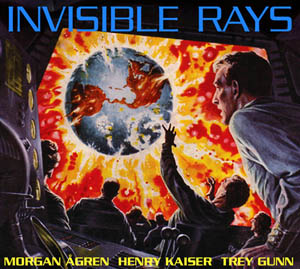
Reader Comments (2)
Very nice indeed.i know of Mr Manring,but not of Mr Arreola.Will check him out.
Thanks for the sharing!